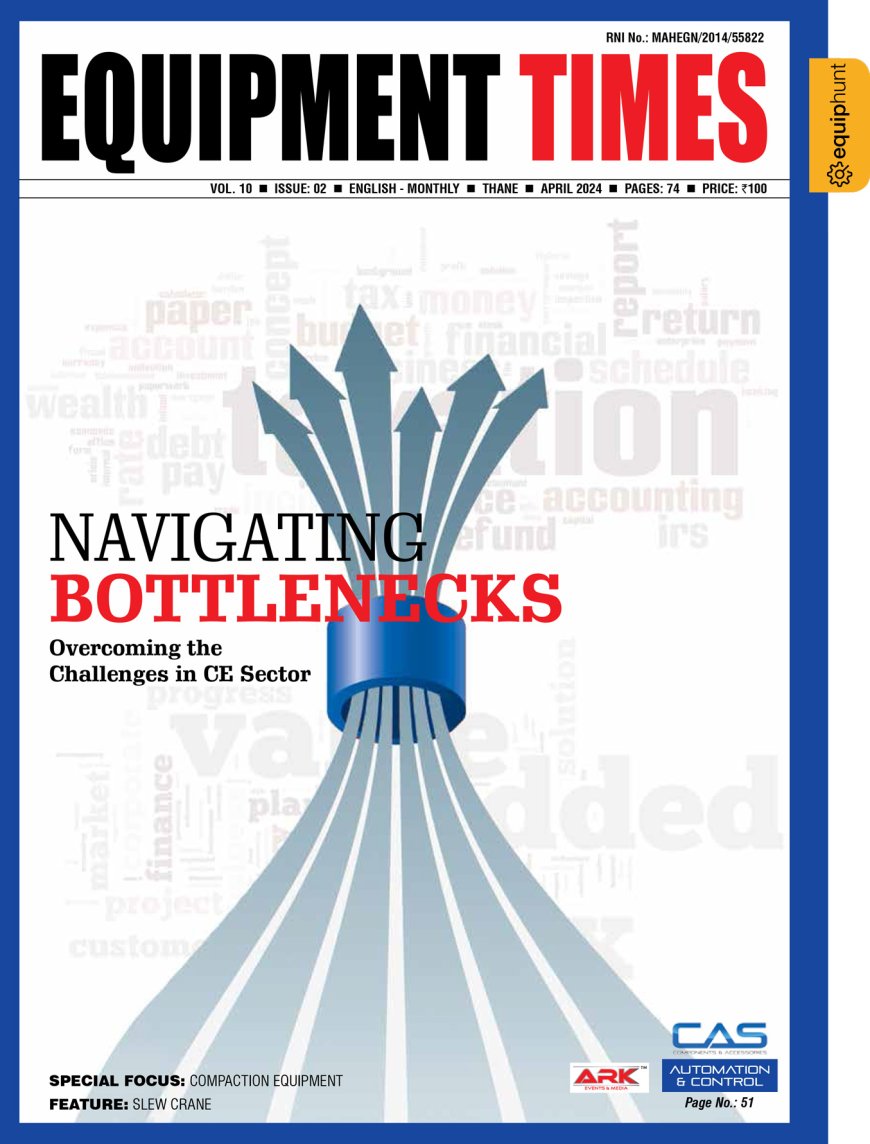PAVINIG Opportunities
Samir Bansal, General Manager – India, Off-Highway Research Off-Highway Research forecasts the paver market to reach 1,050 units in 2022. The government plans to invest Rs7 lakh crore ($108 billion) in the next five years to build 83,677 kilometers of

 Samir Bansal,
Samir Bansal,
General Manager – India,
Off-Highway Research
Off-Highway Research forecasts the paver market to reach 1,050 units in 2022.
The government plans to invest Rs7 lakh crore ($108 billion) in the next five years to build 83,677 kilometers of roads, which is expected to trigger the demand for asphalt and concrete pavers.
The government’s plans to increase road construction from its current level of about 23 km a day to an eventual 40 km a day have made road pavers, particularly sensor pavers, increasingly important for projects around the country. The industry expect to see a host of opportunities for the road building sector.
Market Trends
Speaking about the market and product trends Samir Bansal, General Manager – India, Off-Highway Research says, “Demand for asphalt finishers peaked at 925 units in 2007 with the implementation of many road development programmes. Thereafter, the market declined steadily because of the slowdown in road construction activities to a low of 683units in 2015. With the on-going initiatives of the government, road sector started improving and asphalt finishers sales recovered to 893 units in 2017.”
“The salient characteristic of the asphalt finishers demand is the ratio of sales in favour of wheeled machines, which accounted for 83-96 per cent of total market during 2013- 2017,” Bansal says. According to him smaller finishers up to 5.5 m paving width have been widely used for all types of roads for logistical reasons, and are deployed on the construction of single lane roads or for converting two lane roads to four lanes. These accounted for 73-93 per cent of the total asphalt finisher market during 2013-2017. Within the class, the share of mechanical type asphalt finishers is over 70 per cent, with remaining being hydrostatic type.
The demand for 5.6-7.5 m class machines mainly emanates from projects that address the need to widen roads in the smaller towns. This is a growing segment, which accounted for 19 per cent of the market in 2017. All the machines sold in this category are hydrostatic type. The larger 9.0 m and above finishers are best suited for double lane applications, and are invariably track-mounted and fully hydrostatic. This category accounted for 3-10 per cent of total asphalt finisher demand during the last five years.
Overall, locally manufactured asphalt finishers continue to dominate sales, and accounted for 93 per cent of sales in 2017. There are many road projects at the national and state levels which are expected to be executed in the next five years, which would continue to drive the market for asphalt finishers. Off-Highway Research forecasts the market to reach 1,050 units in 2022.
The following pages track the market and product technology trends.
Hits: 40














